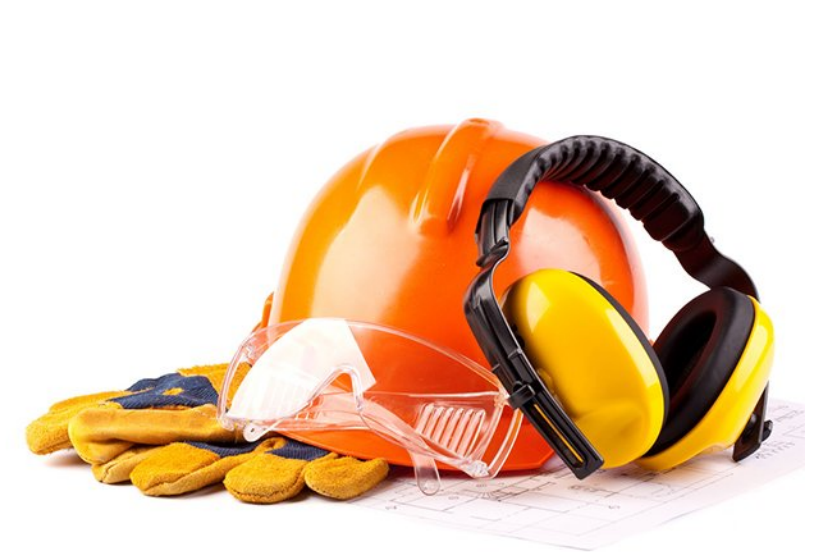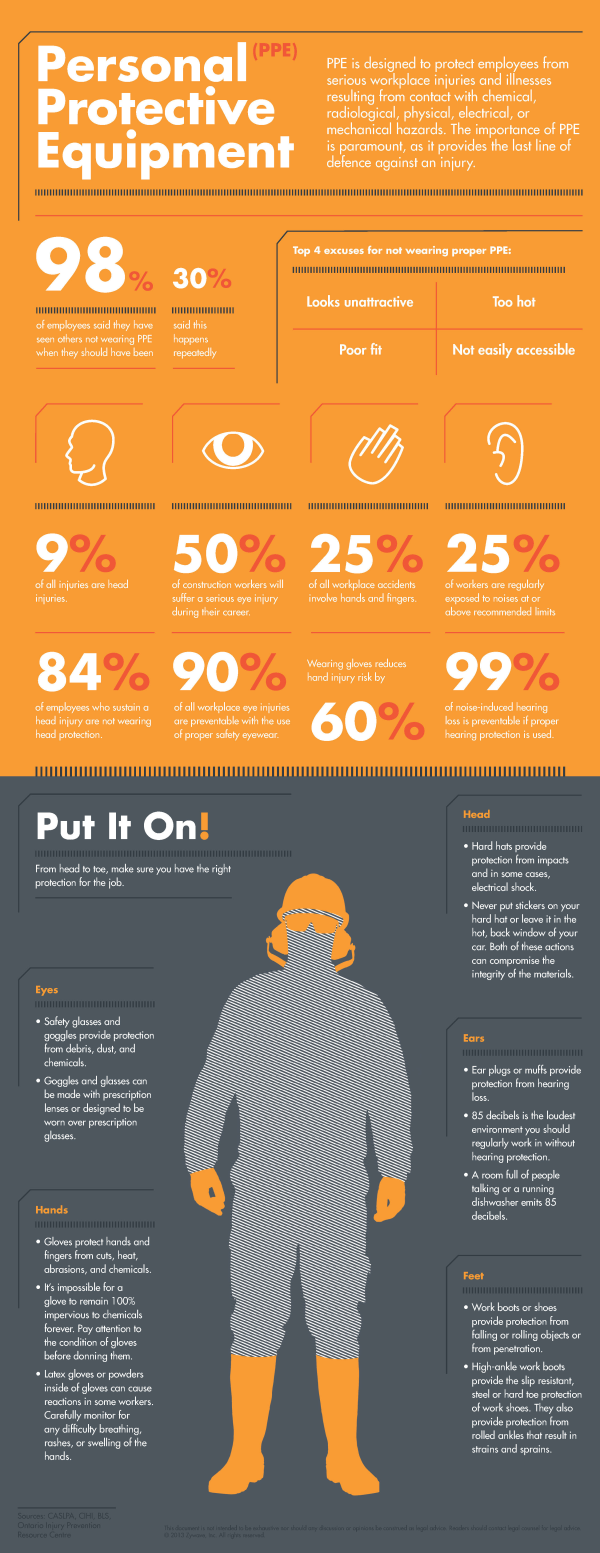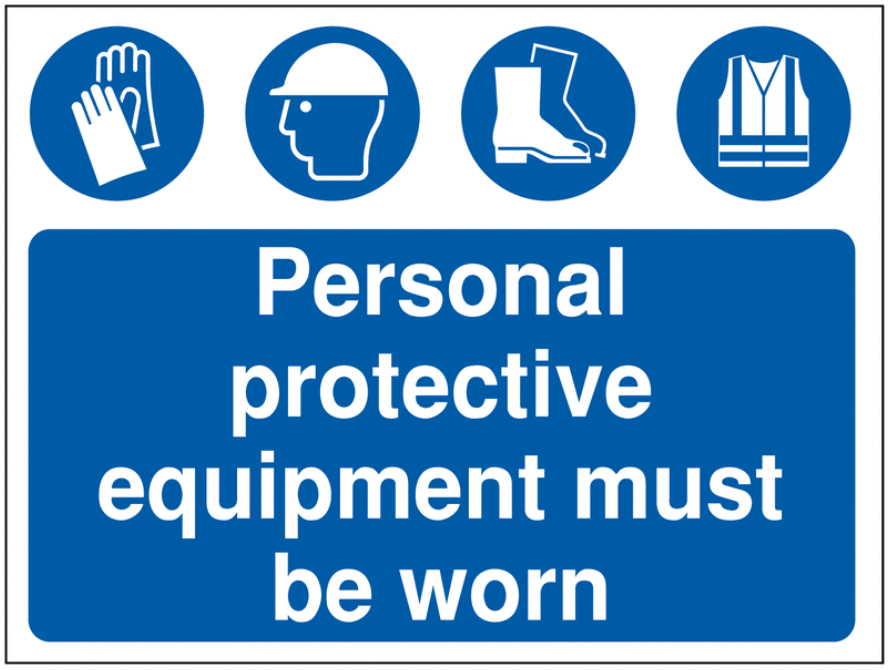No.398,MaTie Road ,Jiao Xi Industrial Park, Qingdao, Shandong,China 266109
PPE is the personal protective equipment that will protect the user against health or safety risks.PPE can include items such as safety helmets, gloves, eye protection, hazmat suits, high-visibility clothing, safety footwear, safety harnesses, ear plugs, ear defenders and respiratory protective equipment (RPE). In appropriate situations disposable PPE may be provided; eg single-use coveralls. Employers have duties concerning the provision and use of personal protective equipment at work.

Why is PPE important?
In the hierarchy of risk control, PPE is considered to rank lowest and represent the option of last resort. It is only appropriate where the hazard in question cannot be totally removed or controlled in such a way that harm is unlikely (for example by isolating the hazard or reducing the risk at source to an acceptable level).
There are a number of reasons for this approach:
· PPE protects only the person using it, whereas measures controlling the risk at source can protect everyone at the workplace;
· Theoretical maximum levels of protection are seldom achieved using PPE, and the real level of protection is difficult to assess (due to factors such as poor fit, or failure to wear it when required). Effective protection can only be achieved by equipment which is correctly fitted, maintained and properly used at all times;
· PPE may restrict the wearer by limiting mobility, visibility or by requiring additional weight to be carried.
· Use of PPE may alter employees’ perception of the hazards they are dealing with.
In this context of a last resort control measure, PPE is critically important as it is generally only used where other measures are insufficient and as such it plays a crucial role in preventing and reducing many occupational fatalities, injuries and diseases.
PPE in numbers
This infographic provides some key facts and figures:

Types of PPE
Various types of PPE are available for use in the workplace. The Health and Safety Executive provides guidance and general information about types of PPE used in industry, but it doesn’t cover specialised and less-used items.
Detailed information should be obtained from suppliers on these more specialised items. Potential users should be involved in the selection of equipment they will be expected to wear and if possible more than one model should be made available to them.
The different types of PPE include:
· Head and scalp protection;
· Respiratory protection;
· Eye protection;
· Hearing protection;
· Hand and arm protection;
· Foot and leg protection;
· Body protection;
· Height and access protection.
Head and scalp protection
There are five primary purposes of head protection, to protect:
· The head in falls;
· Against falling objects, impact with fixed objects, or wielded weapons;
· The head by offering thermal insulation;
· Against entanglement and laceration to the head;
· Against scalping/entanglement particularly on machinery where injuries are still numerous. Hair-nets and caps are also used for hygiene reasons.
All forms of head and scalp protection must be suitable, correctly fitted and have an easily adjustable headband, nape and chin strap where appropriate. The relevant standards are BS EN 397 and BS EN 14052.
Eye protection
PPE for the eyes is intended to provide protection against impact, cuts, splashes, mists and sprays. The relevant standards are BS 7028 (Guide to Selection of Eye Protection for Industrial and Other Uses) and BS EN 166 (Specification for Eye Protectors).
All PPE must be regularly cleaned, but this is especially important in the case of eye protection as dirty lenses lead to poor vision and may contribute to accidents.
Where lenses become scratched, pitted or cracked they should be replaced.
Users who need to wear corrective lenses (glasses) should have this requirement accommodated in the provision of the PPE to them eg as protective over glasses where appropriate, or in the form of prescription lenses if necessary. Where they may be required to wear eye protection on a regular and prolonged basis then any goggles, safety-glasses etc should meet the user’s prescription requirements.
Hearing protection
Assessments carried out under the ‘Control of Noise at Work Regulations 2005’ will determine whether personal ear protectors are required in the workplace or not, and the noise attenuation required. The relevant standard for the ear protectors is BS EN 352 Part 1.
In providing hearing protection, employers should select protectors which are suitable for the working environment and should consider how comfortable and hygienic they are. Like other PPE, hearing protection will need to be compatible with other PPE (eg hard hats, dust masks and eye protection) worn by workers.
Employers may also wish to provide a range of protectors to allow employees to choose ones which suit them.
Bearin mind that the theoretical attenuation is rarely achieved and it is therefore necessary to over-specify the protection. When selecting hearing protection, use the detailed noise assessment to determine the attenuation required at High, Medium and Low frequencies and match this against suitable prod cts. Bear in mind that where ear plugs are used, training will be needed to ensure that they are used correctly. Where ear defenders are used it should be ensured that users do not use music headphones or buds simultaneously. For high noise environments, it may be appropriate to specify both plugs and defenders.
Hand and arm protection
Most work requires a degree of manual dexterity and consequently the hands are exposed to a wide range of hazards Risks include cuts, abrasions, heat, cold, chemical contamination, vibration, burns, infection, skin irritation and dermatitis.
Before selecting hand and arm protection, the hierarchy of control measures must be followed. Gloves and gauntlets provide the main form of hand protection against a range of industrial hazards, but other forms of PPE such as mitts, wrist cuffs or armlets may also be used.
In the case of manual handling where there may be a risk of piercing by abrasive, sharp or pointed objects, gloves should be provided where these hazards cannot otherwise be removed, isolated or reduced to an acceptable level. Such gloves are usually made from leather, chain mail, rubber, knitted Kevlar or stout canvas. However, gloves should not normally be worn where there is a risk of them being caught in machinery.
Where chemical exposure is a hazard, and the risk extends to contact with the arms, gauntlets should be specified rather than gloves.
BS EN 14328 is the standard for gloves and armguards protecting against cuts by powered knives while BS EN 407 contains the specifications for gloves intended to protect against thermal risk such as heat and/or fire. BS EN 374 Part 1 covers gloves for protection against chemicals and microorganisms. BS EN 511 covers gloves for protection against the cold. BS EN 388 covers the specification of gloves against mechanical hazards.
Foot and leg protection
A wide range of safety footwear is available providing protection against many hazards to the feet or legs including crushing, slipping, piercing, temperatures, electricity, chemicals, cutting, and chopping. The relevant standard for safety footwear is BS EN ISO 20345. BS EN ISO 17249:2004 is the standard for chainsaw footwear. Depending on the hazard various PPE options may be appropriate including safety boots and shoes with protective toe caps and penetration-resistant mid-sole; gaiters; leggings; and spats.
Body protection
The Regulations’ definition of PPE excludes ordinary working clothes and uniforms which have no specific protection for the wearer. However, body protection may be required for extended periods of work outdoors to protect against the weather, and to ensure high visibility during work where there is mixed vehicle and pedestrian traffic (see BS EN 471 + A1 ’High-visibility Warning Clothing for Professional Use’).
PPE for the body may also be required where workers are exposed to extremes of temperature (whether outdoors or indoors), as well as chemical or metal splash, spray from pressure leaks or spray guns, impact or penetration, contaminated dust, excessive wear, entanglement of own clothing or the risk of drowning.
When choosing body protection the following factors should be considered:
· Thermal comfort, for example, due to sweating;
· Cost and practicality of cleaning;
· Emergency procedures, such as buoyancy or the need to be identified or spotted in hazardous situations;
· Level of hygiene control required;
· Level of personal contamination;
· Personal preference;
· Restriction of movement;
· Storage;
· Temperature and humidity fluctuation;
· Whether the worker is involved in a process that is wet or dry.
Respiratory protection
This covers equipment ranging from breathing apparatus and positive pressure powered respirators through to protective hoods, close fitting full face respirators, half mask respirators and disposable face masks. It is always essential to select the correct equipment both for the risk and the individual and to ensure there is adequate training in its use. It should be noted that the only form of respiratory protection which is suitable for work in a confined space is breathing apparatus, as other forms of respiratory protection do not provide a source of air or oxygen. Face fit testing requirements apply to all close fitting respirators.
Height and access protection
This range of protective equipment is very wide and includes body harnesses, fall-arrest systems, rescue lifting and lowering harnesses, energy absorbers and lanyards.
Such PPE is specialised and requires thorough training by competent persons, in user checks as well as correct use.
Equipment will require periodic inspection by a competent person and anchorage points will normally require periodic testing.
Skin care: ‘Barrier’ creams
Some occupations are prone to skin disease caused by contact with substances such as cutting oils; chemicals, degreasants, glass-fibre and some horticultural agents (eg slug pellets). The main condition is dermatitis, in a variety of forms.
The use of barrier creams, although traditional in many occupations, should not be considered as personal protective equipment. It provides negligible protection and is unlikely to be effective in preventing contact dermatitis. The benefit of barrier creams is in preventing dirt from becoming so ingrained that it is difficult to remove.
A properly implemented skin-care hygiene programme, including barrier creams, emollient and skin-conditioning creams can help protect and replace the natural skin oil which is otherwise removed by degreasants and solvents. Before undertaking this, advice should be sought from independent skin-care specialists or a dermatologist.
